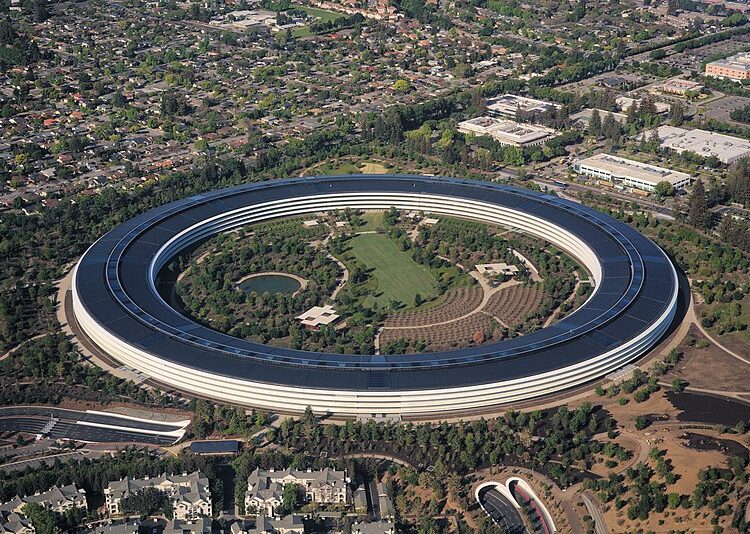Unveiling the secrets of the universe, one comet at a time!
- Rosetta was the first spacecraft to orbit and land on a comet, Comet 67P.
- The mission provided groundbreaking insights into the formation of the solar system.
- Rosetta captured stunning images revealing the comet’s unique ‘rubber ducky’ shape.
- The spacecraft recorded significant amounts of water vapor and dust escaping from the comet.
- Findings suggest comets may have contributed to the origins of life on Earth.
- Rosetta’s mission concluded with a planned impact on the comet in 2016.
A decade ago, the European Space Agency (ESA) completed the construction of the Rosetta spacecraft, named after the Rosetta Stone, which was crucial for understanding ancient Egyptian writing. The mission aimed to unlock secrets about the formation of our solar system by studying Comet 67P/Churyumov-Gerasimenko, a 2.5-mile-wide frozen remnant from the solar system’s birth. Rosetta reached the comet in August 2014, sending back its first close-up images, which were described as ‘a scientific Disneyland’ by ESA’s Mark McCaughrean. The mission revealed the comet’s unexpected ‘rubber ducky’ shape, formed by two comets colliding, and provided insights into the gases and materials present on the comet. Scientists involved in the mission reflected on the excitement of seeing the first images and the collaborative effort that spanned generations. Over the course of the mission, Rosetta recorded significant amounts of water vapor and dust escaping from the comet, contributing to our understanding of cometary behavior and the potential role of comets in delivering essential ingredients for life to Earth. The mission concluded with Rosetta’s intentional crash into the comet in September 2016, leaving behind a legacy of discoveries that continue to inspire scientists today. Even years after the mission ended, new findings, such as a unique type of ultraviolet aurora, are still emerging from the data collected, proving that the exploration of Comet 67P will have lasting impacts on our understanding of the cosmos.·
Factuality Level: 8
Factuality Justification: The article provides a detailed and informative overview of the Rosetta mission, including its goals, discoveries, and the experiences of the scientists involved. While it contains some subjective quotes and personal anecdotes, the core information is factual and well-researched. There are no significant misleading claims or sensationalism, but some sections could be more concise to avoid tangential details.·
Noise Level: 8
Noise Justification: The article provides a detailed account of the Rosetta mission, highlighting significant discoveries and the collaborative efforts of scientists. It maintains focus on the topic, supports claims with evidence, and offers insights into the implications of the findings. However, it lacks a critical analysis of broader consequences or accountability, which prevents it from achieving a perfect score.·
Public Companies: European Space Agency (ESA)
Key People: Mark McCaughrean (Senior Scientific Adviser at ESA), Claire Vallat (Involved in planning the mission), Nick Thomas (Member of the mission’s camera team), Geraint Jones (Project Scientist for the BepiColombo mission to Mercury), Charlotte Götz (Scientist at Northumbria University), Patrick Martin (Mission Manager)
Financial Relevance: No
Financial Markets Impacted: The article discusses a scientific mission and discoveries related to space exploration, which do not directly impact financial markets or companies.
Financial Rating Justification: The content of the article focuses on the Rosetta mission and its scientific findings rather than financial topics or events that would influence financial markets.·
Presence Of Extreme Event: No
Nature Of Extreme Event: No
Impact Rating Of The Extreme Event: No
Extreme Rating Justification: The article discusses the Rosetta mission and its scientific discoveries but does not mention any extreme events that occurred in the last 48 hours.·
Move Size: No market move size mentioned.
Sector: All
Direction: Neutral
Magnitude: Medium
Affected Instruments: No
 www.space.com
www.space.com 




